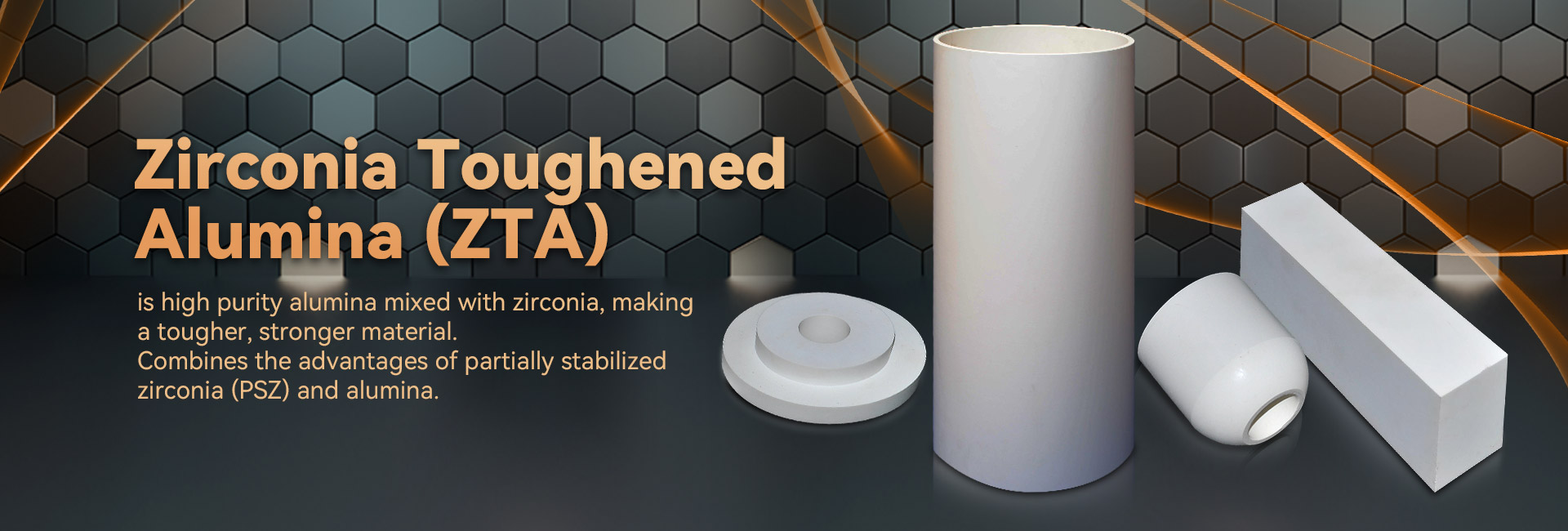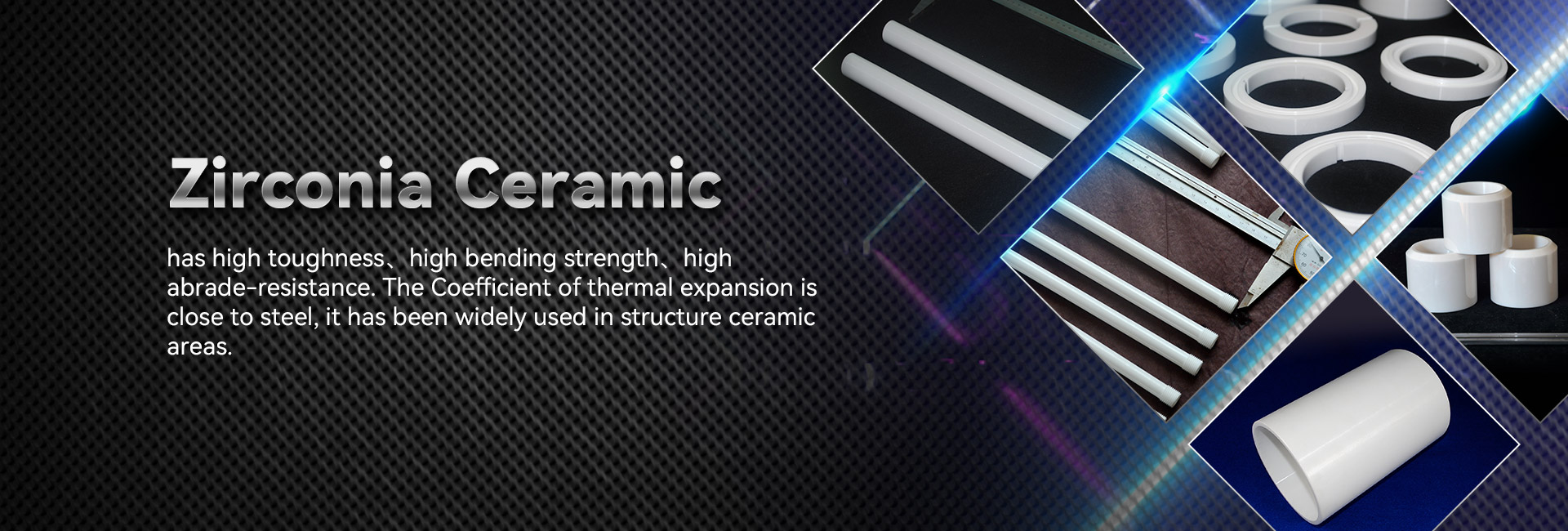
Mechanical component exhibit unmatched compositional features, enabling them fit for a comprehensive set of implementations. Originating from aerospace and automotive to gadgets, these substances are persistently developing to fulfill the demands of a progressive world.
- Their fortitude and defense to drastic conditions make them indispensable for premium apparatus.
- Furthermore, technical ceramics grant advantages in terms of functionality, supporting the development of advanced processes.
Manufacturing Elements: Built for Unmatched Efficiency
Developed ceramics shine in tough deployments due to their unique properties. Engineered from handpicked raw constituents and undergoing thorough processing operations, these cutting-edge products reveal top-notch hardness, oxidation resistance, and endurance to drastic thermal conditions, decay, and erosion. From orbital pieces to machining tools, industrial ceramics deliver unparalleled efficiency across numerous branches. Their multipurpose nature allows withstanding inimical locales, confirming tenacity and consistency. As refinement progresses, the appetite for top-tier elements grows, cementing the crucial part of industrial ceramics in shaping a more resilient future.
Leading-Edge Ceramics: Surpassing Element Boundaries
Composites, boasting exceptional strength and resilience, are underwent a revolution. Modern ceramics, crafted with meticulous control over their formulation and internal architecture, transcending the barriers of that which is realizable. These elements demonstrate a diverse assortment of essentials, considering them preferable for challenging territories such as aviation, therapeutics, and sustainable power. From low-weight parts that hold up under extreme temperatures to tissue-friendly implants that unite naturally with the human body, advanced ceramics are revolutionizing our environment.
Fine Ceramic Assembly: Catering to Stringent Demands
Engineered ceramic fabrication has developed substantially in recent eras, empowering the design of complicated and highly efficient ceramic parts. These units are important across a multifaceted range of realms, including aeronautics, biological, and technological domains. Fulfilling the stringent demands for these incidences calls for strict fabrication processes that guarantee dimensional authenticity, surface treatment, and material traits. Leading ceramic fabrication processes adopt various methods, including slip casting, injection molding, and additive manufacturing. These practices facilitate the production of complicated forms and meticulous details with excellent precision. Above all, advances in material research have spawned new ceramic mixes endowed with strengthened attributes. These structures show increased toughness, persistence, and tolerance to extreme temperature conditions, permitting their use in exacting sectors.
The outlooks for accurate ceramic fabrication are substantial. As experiments and forward movement advance, we can predict even more refined procedures and composites that will likewise enhance the boundaries of what is achievable in this domain.
High-Strength Ceramic Substances for Harsh Conditions
Specialized ceramic compounds possess extraordinary strength and resistance against harsh ambiences, making them well suited for challenging functions in defense fields. These progressive ceramics can bear severe heat loads, resist decay, and sustain their performance under high dynamic stresses. Their unmatched mineralogical elements permit dependable effectiveness in harsh situations, including thermal reactors, aero engines, and nuclear plants.
- Engineered ceramic blends
- Thermal resistance
- Mass reduction
Ceramic Blends: Blending Strength and Utility
Hybrid ceramics furnish a attractive mix of mechanical toughness and distinct unique features. Through the fusion of ceramic elements within a scaffold, these compounds achieve impressive performance. This mixture results in heightened tolerance against high temperatures, wearing, and chemical degradation, rendering them desirable for exacting functions in orbital, motor industry, and energy domains. Furthermore, ceramic composites are customized to possess individual properties like electrical conductivity or biocompatibility, stretching their reach across diverse fields.
Atomic Handling in Leading Ceramics
Reaching preferred properties in progressive ceramics routinely entails detailed supervision over their granularity. Diverse production aspects, including sintering thermal exposure, interval, and atmosphere, alongside the incorporation of dopants or extra phases, dramatically influence the alignment of granules, permeability, and other microstructural elements. Careful adaptation of these factors allows for the increase of toughness, rupture resistance, and conductive conductivity. In particular, augmenting the sintering heat magnitude can stimulate grain expansion, thus increasing thickness and improving mechanical rigidity. Conversely, modulating the firing atmosphere may influence the oxidation condition of the ceramic, thereby influencing its electrical conductivity or magnetic influences. Recognizing these relationships between microstructure and properties is essential for developing advanced ceramics with fine-tuned traits suitable for varied applications.
Friction-Resistant Ceramics: Enhancing Lifespan
Within heavy-duty process realms, where segments are subjected to constant wear and wearing, products with excellent durability are paramountly indispensable. Wear-resistant ceramics have arisen as a premier solution, providing unparalleled toughness and capability in multiple areas such as operation, mining, and aerospace. These progressive products possess a distinctive texture that elevates their aptitude to defy erosion. By applying the basic fortitude and solidity of ceramic compounds, engineers can design resilient elements capable of withstanding the most inimical operating environments.
Biocompatible Elements: Applications in Health Sector
Biocompatible ceramics have recast the medicine domain, conveying an array of beneficial qualities for multiple functions. These articles are non-reactive within the physiology, minimizing host defense responses and stimulating restoration. A prime application for biocompatible ceramics is in prosthetic supports, where their sturdiness sustains long-lasting security to damaged cells.
What's more, they are adopted in prosthetic teeth, delivering a robust and lovely solution for molar substitutes. Ceramics also assume a key duty in pharmaceutical applications, supporting the accurate release of compounds to specific zones within the organism.
- Moreover, biocompatible ceramics are progressively being probed for wound care, serving as a structure for cell proliferation.
- For that reason, the destiny of biocompatible ceramics in medicine looks hopeful, with continual studies expanding their uses.
Ceramic Sensing Technologies: Driving High-Precision Quantifications
Innovative ceramic sensors have appeared as important aspects across a extensive array of arenas. These detectors alumina ceramic deploy the unique features of ceramic coatings to deliver highly accurate assessments. Their resistance in {demanding|harsh| 